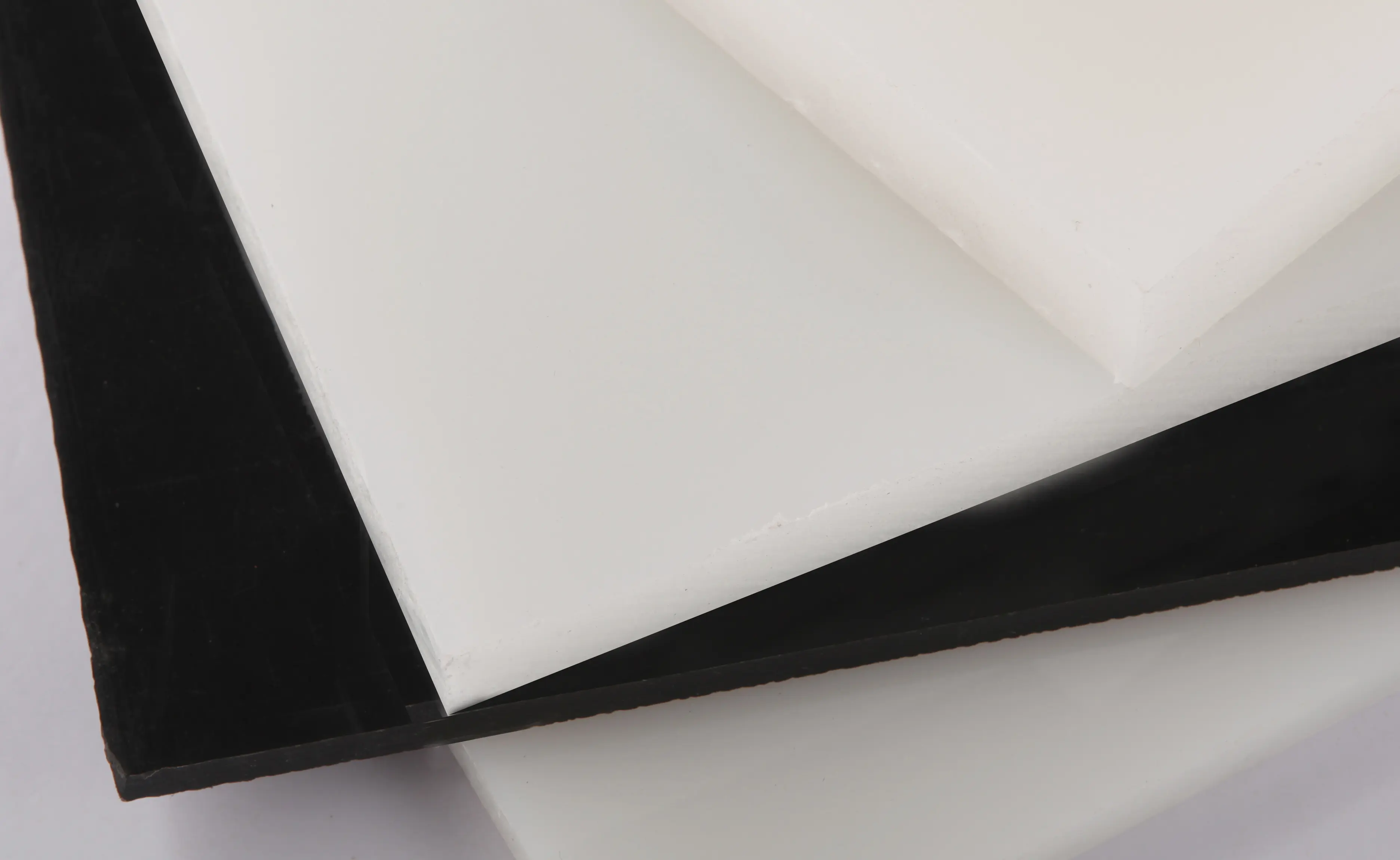10月 . 12, 2024 02:00 Back to list
pipe fitting
Understanding Pipe Fittings An Overview
Pipe fittings are essential components in the piping systems used across various industries, including construction, manufacturing, and plumbing. These fittings are employed to join, redirect, or terminate sections of pipe, ensuring a seamless flow of fluids—liquids or gases—between different points in a system. Understanding the various types of pipe fittings, their applications, and material compositions is crucial for anyone involved in the design or maintenance of piping systems.
Types of Pipe Fittings
Pipe fittings come in a myriad of shapes and sizes, each designed for specific applications. Here are some of the most common types
1. Elbows Used to change the direction of the pipe run. They come in various angles, typically 90 or 45 degrees. Elbows can help avoid obstacles or reroute piping in a system.
2. Tees This fitting has three openings and is primarily used to connect three sections of pipe, allowing for branching off in another direction.
3. Couplings Couplings are used to connect two pipes of the same diameter. They can be classified as regular or reducing couplings based on whether they connect pipes of the same size or different diameters.
4. Reducers These fittings allow for a gradual change in pipe diameter, effectively connecting a larger pipe to a smaller pipe. This transition can help manage flow rates and pressure.
5. Caps and Plugs Caps cover the end of a pipe, while plugs seal the opening of a fitting. Both are used to terminate a run of piping.
6. Flanges These are flat pieces that allow two sections of pipe to be connected securely. Flanges are bolted together and are often used in high-pressure applications.
pipe fitting

Material Compositions
Pipe fittings can be made from various materials, selected based on the application requirements. Common materials include
- PVC (Polyvinyl Chloride) Known for its lightweight and corrosion-resistant properties and is frequently used in drain, waste, and vent systems.
- CPVC (Chlorinated Polyvinyl Chloride) Similar to PVC but can handle higher temperatures, making it suitable for hot water applications.
- Metal Fittings Steel, stainless steel, and brass fittings are commonly used for their strength and durability. They are suitable for high-pressure and high-temperature applications but can be susceptible to corrosion if not properly treated or coated.
- Copper Often used in plumbing, especially for water supply lines. Copper fittings are known for their durability and resistance to rust.
Importance of Proper Selection
The selection of the appropriate pipe fittings is paramount as it directly affects the performance and efficiency of the piping system. Factors like flow rate, pressure, temperature, and the type of fluid being transported must be considered. Incorrect fittings can lead to leaks, system failures, or safety hazards.
Conclusion
In conclusion, pipe fittings play a crucial role in the integrity and functionality of piping systems. Their diverse types and materials cater to various industrial needs and applications. By understanding the characteristics and appropriate uses of different fittings, professionals can ensure efficient fluid transport and minimize potential issues. Whether in plumbing, manufacturing, or construction, the proper selection and installation of pipe fittings contribute significantly to system performance and reliability.
-
Durable PVC-M Water Supply Pipes | 60-Year Life
NewsAug.04,2025
-
Premium HDPE Water Supply Pipes: Durable & Leak-Proof
NewsAug.03,2025
-
Premium PVC-M Water Supply Pipe - Durable & Efficient
NewsAug.02,2025
-
Premium PP Welding Rod: GPT-4 Turbo Enhanced
NewsAug.01,2025
-
HDPE Drainage & Irrigation Pipe - Durable, Efficient Solutions
NewsAug.01,2025
-
Premium PVC Transparent Pipe: Durable & Clear Solutions
NewsJul.31,2025

